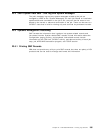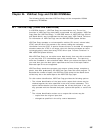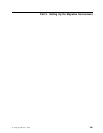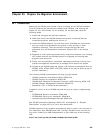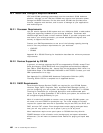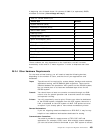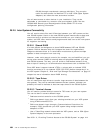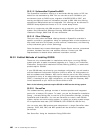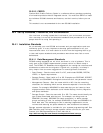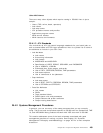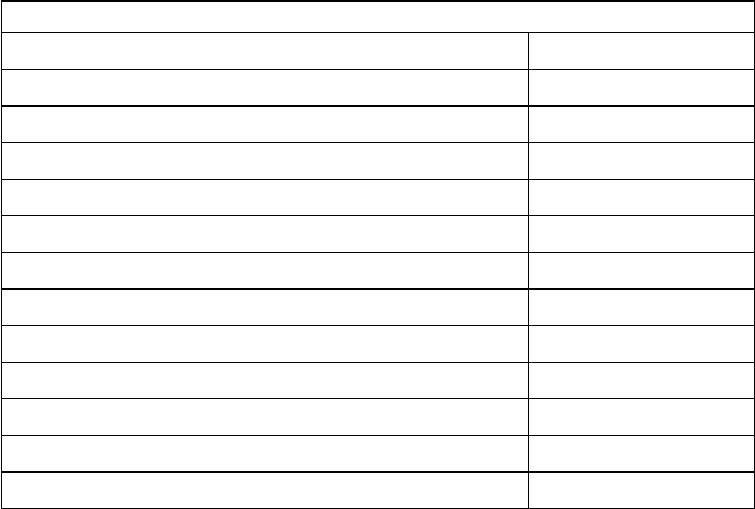
A beginning rule of thumb shows 12 volumes of 3390-3 (or equivalent) DASD,
allocated as follows: (Your mileage will vary!)
These numbers are very dependent on the installation, and will increase
dramatically at the end of a ″mass migration″ in order to duplicate user data
files.
Table 45. OS/390 DASD Layout
Volume Use Number
System Libraries (RES) 2
Distribution Libraries (DLIB) 2
SMP/E Work (SMP) 1
Catalogs (CAT) 1
Paging Data Sets (PAG) 1
Spool & Checkpoint (SPL) 1
Softcopy Library (BKM) 1
DFSMShsm ML1 1
Storage/Work/DFSMS Volumes 1 or more
User Program/Data Libraries 1 or more
ISV Products 0 or more
TOTALS 12 or more
25.2.4 Other Hardware Requirements
For the most minimal testing, you will need at least the following devices,
depending on the number of users, and the size of your applications and
databases.
Tapes Tape drives will be required for system dumps, backups and restores,
application testing, and DFSMShsm ML2 migrations. These can be
switched between the production VSE system and the OS/390 system,
but you should plan on at least two dedicated tape drives for the
OS/390 system.
Console You should have at least one console connected through non-SNA
control units for system operation and a second console for backup
and operator training.
Printers You will occasionally need to print. Printers can either be dedicated
to the OS/390 system, switchable from the VSE system, shared on a
LAN, or accessed on the VSE system via NJE. RJE printers are also
an option if you already plan to have remote workstation printers.
Remote Workstations
If you are migrating remote workstations to JES2 RJE, it may be very
helpful to have additional workstations dedicated for testing.
Communication Controllers
You need to provide for remote access of TSO, RJE, NJE and
application (for example, CICS) users. With multiple channel adapters,
you can also allow terminals connected to your VSE system to access
Chapter 25. Prepare the Migration Environment 403



